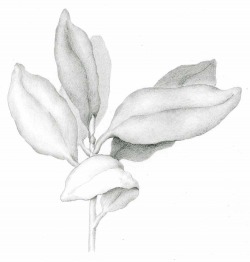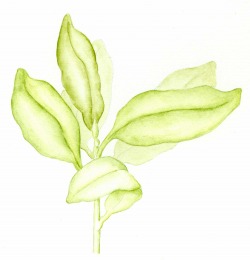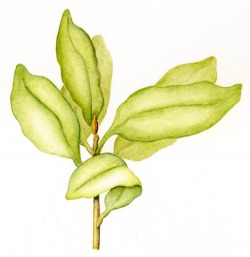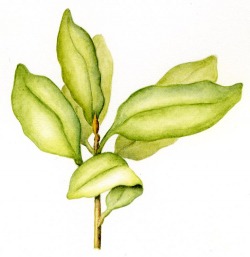How to Do
Botanical Illustration in Watercolor
6. Final analysisCheck over your work for any final color corrections. Finish your work by sharpening up (or softening) edges and adding in any final details.
|





